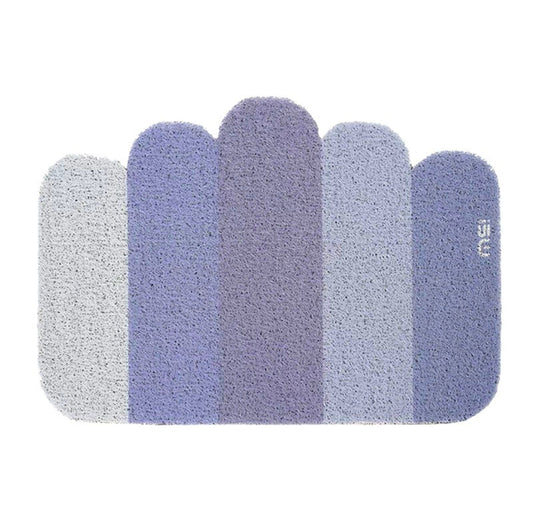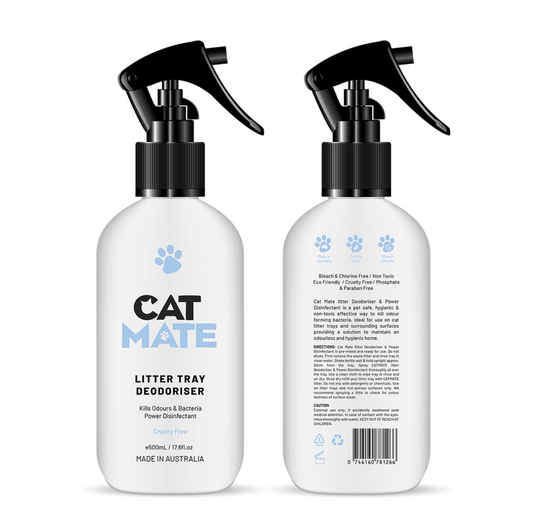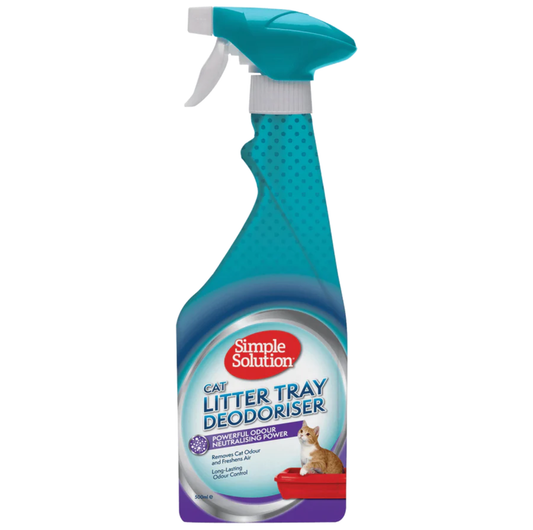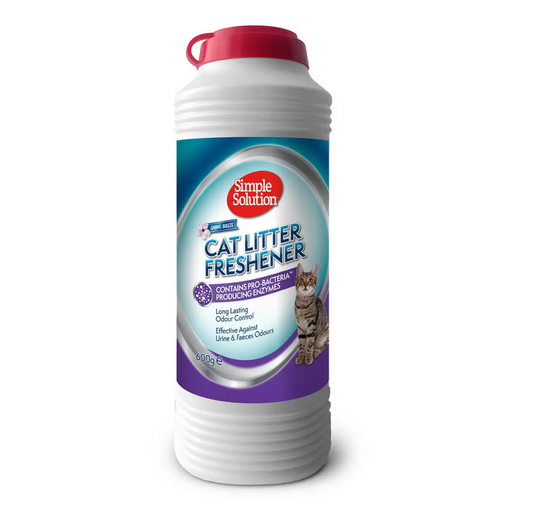-
Makesure Cat Litter Mat
Regular price $18.95 AUDRegular priceUnit price per$18.95 AUDSale price $18.95 AUD -
Catmate Cat Litter Tray Deodoriser Spray
Regular price From $12.99 AUDRegular priceUnit price per$12.99 AUDSale price From $12.99 AUD -
SIMPLE SOLUTION Pro-Bacteria Cat Litter Deodoriser Spray 500ml
Regular price $25.95 AUDRegular priceUnit price per -
SIMPLE SOLUTION Cat Litter Freshener with Enzymatic Cleaning Granules
Regular price $25.95 AUDRegular priceUnit price per$25.95 AUDSale price $25.95 AUD -
Meoof Flower Series Cat Litter Mat Pet Multi-Functional Mat
Regular price $19.95 AUDRegular priceUnit price per
Cat Litter Box FAQ
Many cat owners recommend starting with a stainless steel litter box because it’s more durable, resists odor build-up, and is less likely to absorb bacteria compared to plastic. It’s also easier to clean and won’t scratch as easily, which helps prevent lingering smells.
Preferences vary: some cats dislike a covered litter box and prefer an open one, while others enjoy the privacy of a covered design. The best approach is to try different styles and see which one your cat feels most comfortable with. Sometimes, it’s a bit of trial and error until you find the perfect fit for your pet’s habits and your home’s layout.
According to Dr. Ernie Ward, DVM, a study found no overall preference between covered and uncovered litter boxes:
- 70% of cats used both covered and uncovered boxes equally.
- 15% preferred covered boxes, possibly for privacy or fewer outside distractions.
- 15% preferred uncovered boxes, likely for better ventilation or easier access.
For most cats, the choice comes down to individual comfort and the household environment. If your cat is shy or easily startled, a covered box might feel safer. If they dislike confined spaces or you want better odor ventilation, an uncovered box may work better.
- Scoop daily: Remove clumps and waste every day to encourage consistent use.
- Deep clean weekly: Wash the litter box with mild soap and warm water at least once a week to prevent bacteria build-up.
- Right litter depth: Use 2–3 inches for clumping litter and 3–4 inches for non-clumping to allow proper digging and covering.
- Proper placement: Put the box in a quiet, private area, away from food and water bowls.
- Follow the “number of cats + 1” rule: You should have one litter box per cat in your household, plus one extra. For example, a three-cat household should have at least four boxes to reduce stress and territorial issues.
- Replace litter regularly: For clumping litter, change every 1–2 weeks; for crystal litter, every 2–4 weeks; for natural litter, every 7–10 days (adjust based on usage and odor).
- Monitor usage: Sudden changes in frequency, straining, or avoidance can signal health problems—consult your vet if needed.





